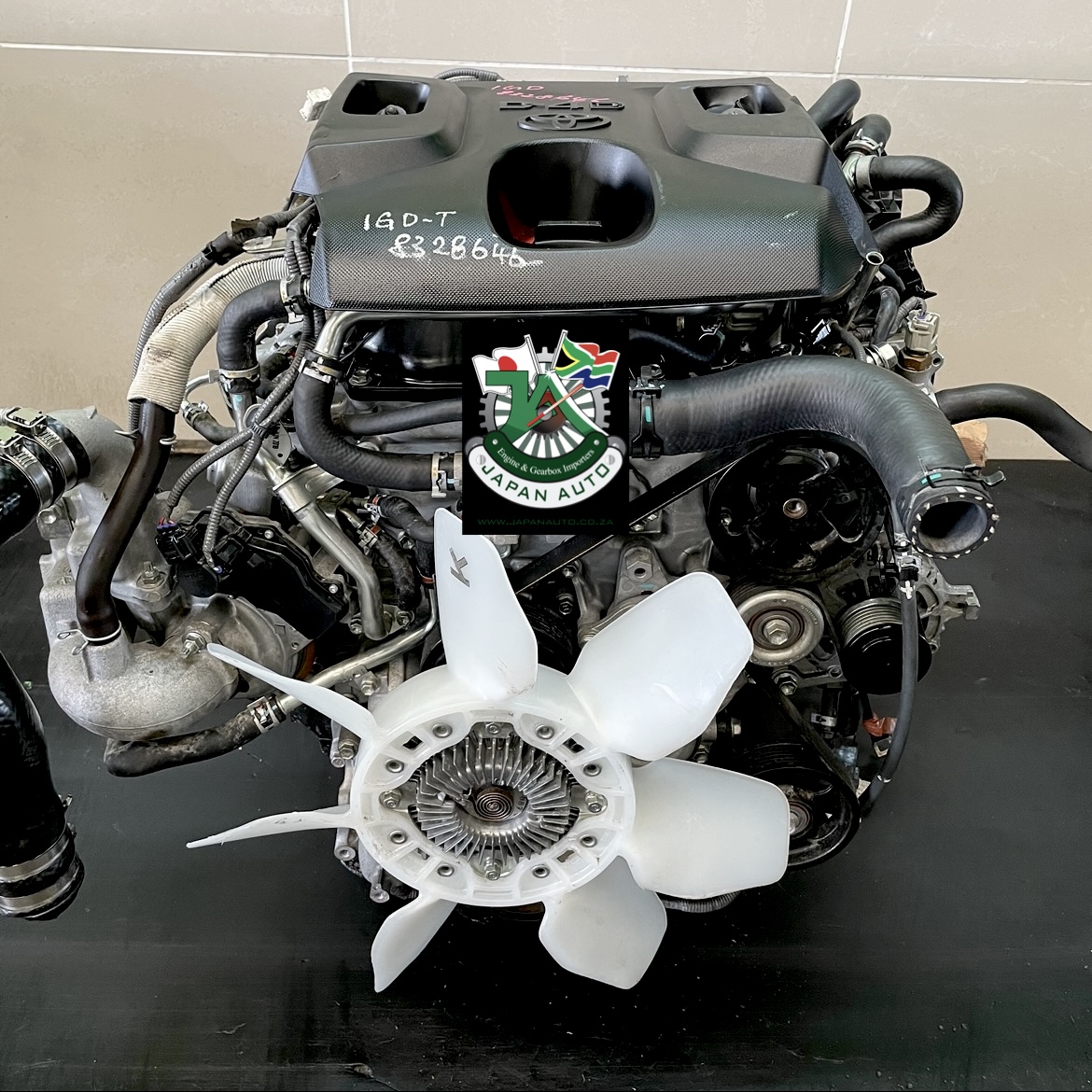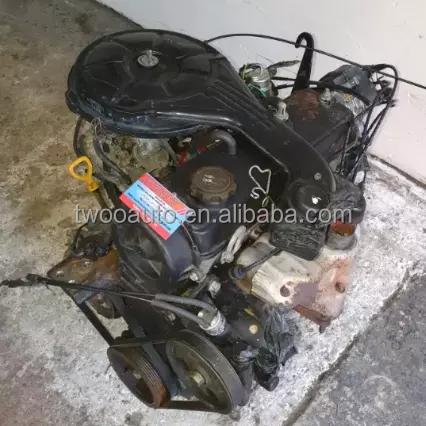Toyota Tazz: A Reliable and Affordable Compact Car for Everyday Use
Toyota Tazz: A Reliable and Affordable Compact Car for Everyday Use
Blog Article
Explore the most recent Fads in Engine Modern Technology Through Tazz
In the rapidly evolving landscape of automobile innovation, Tazz stands at the center, highlighting substantial advancements in engine systems that prioritize both innovation and sustainability. tazz. From hybrid engines that optimize fuel performance to the emergence of hydrogen fuel cells, the trends forming modern-day powertrains are not just boosting efficiency yet additionally dealing with important ecological difficulties. As the market remains to push boundaries, it is important to think about how these developments will affect future transportation remedies and the wider implications for international energy usage. What lies ahead in this crucial improvement?
Crossbreed Engine Innovations
Crossbreed engine developments stand for an essential shift in auto innovation, combining the advantages of internal burning engines with electric propulsion systems. This assimilation not only boosts fuel performance but additionally decreases exhausts, meeting significantly rigid ecological guidelines. By making use of both energy resources, hybrid engines can optimize efficiency, delivering power when needed while preserving fuel throughout less demanding motoring conditions.
Recent innovations in hybrid modern technology include enhancements in battery performance and regenerative braking systems. These advancements enable greater energy recuperation throughout slowdown, which can be redirected to aid in velocity or power auxiliary systems. Moreover, makers are concentrating on lightweight materials and compact designs to make best use of the effectiveness of crossbreed powertrains.
The advancement of plug-in crossbreeds has actually additionally expanded the marketplace, enabling chauffeurs to charge their cars utilizing common electric outlets. This attribute usually enables significant all-electric range, further decreasing dependence on conventional fuels. tazz. As the automobile industry continues to evolve, hybrid engine technologies are anticipated to play an important function in connecting the gap between conventional lorries and totally electrical designs, offering a transitional service that deals with diverse customer demands and choices
Advancements in Electric Powertrains
The automobile landscape is rapidly evolving, with electrical powertrains becoming a leading force in sustainable transport. Developments in electric vehicle (EV) modern technology are dramatically improving performance, user, and performance experience. Trick advancements include enhancements in battery chemistry, which have raised energy thickness, decreased billing times, and prolonged overall battery life.
Solid-state batteries, for instance, promise to change the market by giving greater safety and security and performance compared to typical lithium-ion cells. In addition, developments in regenerative stopping systems are enabling lorries to recover power throughout slowdown, adding to total performance.
Along with battery innovation, electrical motor designs are coming to be much more innovative. Innovations such as integrated motors and progressed thermal monitoring systems are helping to enhance power delivery and decrease weight, eventually boosting lorry dynamics.

Jointly, these developments highlight the commitment to transition towards cleaner, more efficient transportation services, positioning electrical powertrains at the center of vehicle advancement.
The Increase of Hydrogen Fuel Cells
Significantly, hydrogen gas cells are getting traction as a viable alternative to typical inner combustion engines and battery electric lorries. This innovation utilizes the chemical energy saved in hydrogen, converting it into power via an electrochemical reaction with oxygen. The key by-product of this process is water, making hydrogen gas cells an eco-friendly alternative with no emissions at the tailpipe.

Car manufacturers are increasingly buying hydrogen fuel cell innovation, identifying its possibility for long-range applications and quick refueling capabilities that match traditional fuels. Furthermore, fields such as sturdy transport and discover this info here public transit are particularly well-suited for hydrogen fuel cells, where battery electric solutions may fall short due to weight and range limitations.
As research and financial investment continue to broaden, hydrogen gas cells are poised to play a considerable role in the future landscape of tidy transport and power remedies.
Enhancements in Internal Burning Engines
Technologies in interior combustion engine (ICE) modern technology are transforming traditional lorries to satisfy modern ecological requirements and efficiency assumptions. Direct gas injection, for instance, allows for far better atomization of fuel, leading linked here to even more total burning and improved power output.
Furthermore, turbocharging has obtained prominence, permitting smaller engines to supply higher efficiency without the weight of larger engines - tazz. This modern technology not only enhances efficiency yet also adds to lower gas intake. Variable valve timing systems are additionally being refined, making it possible for engines to adapt to different driving problems for improved torque and responsiveness
In addition, the use of light-weight products in engine building is coming to be basic, more enhancing fuel effectiveness by reducing general automobile weight. Engine control units (ECUs) are increasingly innovative, enabling real-time modifications that enhance efficiency and emissions.
These enhancements jointly indicate a crucial change in ICE technology, lining up with worldwide sustainability objectives while still giving the performance chauffeurs anticipate from their lorries. As the sector evolves, these enhancements remain to form the future of standard auto design.
Future Trends in Engine Efficiency
Significant improvements in engine effectiveness are expected as suppliers concentrate on incorporating sophisticated modern technologies to meet stringent environmental regulations and customer needs. The change in the direction of electrification, crossbreed systems, and different gas is improving the vehicle landscape, driving technologies that boost gas economic situation and minimize discharges.
One of the essential trends is the implementation of advanced products and producing methods. High-strength alloys and lightweight compounds add to minimized car weight, thus improving total effectiveness. Furthermore, the adoption of turbocharging and variable shutoff timing innovations enables improved power result from smaller sized engines, even more enhancing gas economic climate.

Conclusion
Technologies in crossbreed engine systems, electrical powertrains, and hydrogen fuel cells show a commitment to minimizing exhausts while improving performance. Improvements in internal combustion engines and an emphasis on light-weight materials add to total engine efficiency.
From crossbreed engines that maximize gas effectiveness to the appearance of hydrogen gas cells, the patterns shaping modern powertrains are not just enhancing efficiency yet also attending to essential ecological obstacles.Crossbreed engine technologies stand for an essential change in vehicle innovation, integrating the click to investigate benefits of internal combustion engines with electrical propulsion systems.In addition, turbocharging has actually acquired prestige, allowing smaller engines to deliver greater performance without the weight of larger engines. Additionally, the adoption of turbocharging and variable shutoff timing modern technologies enables for enhanced power output from smaller sized engines, additionally improving gas economic situation.
Enhancements in interior burning engines and an emphasis on lightweight materials add to general engine efficiency.
Report this page